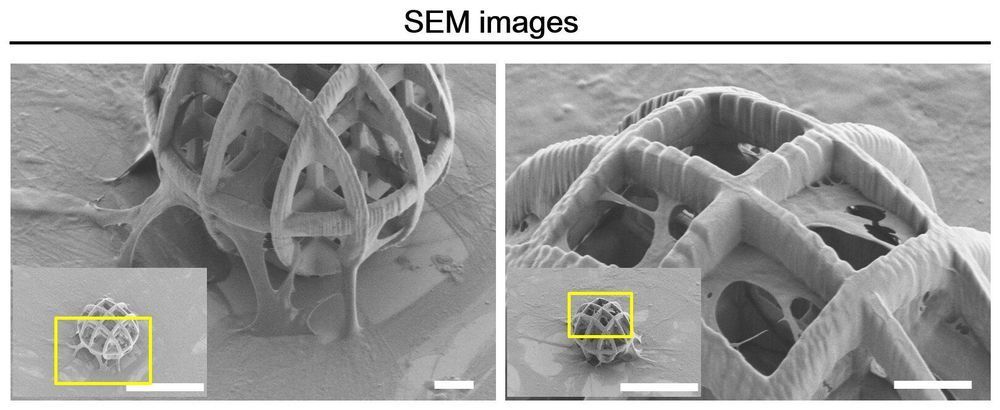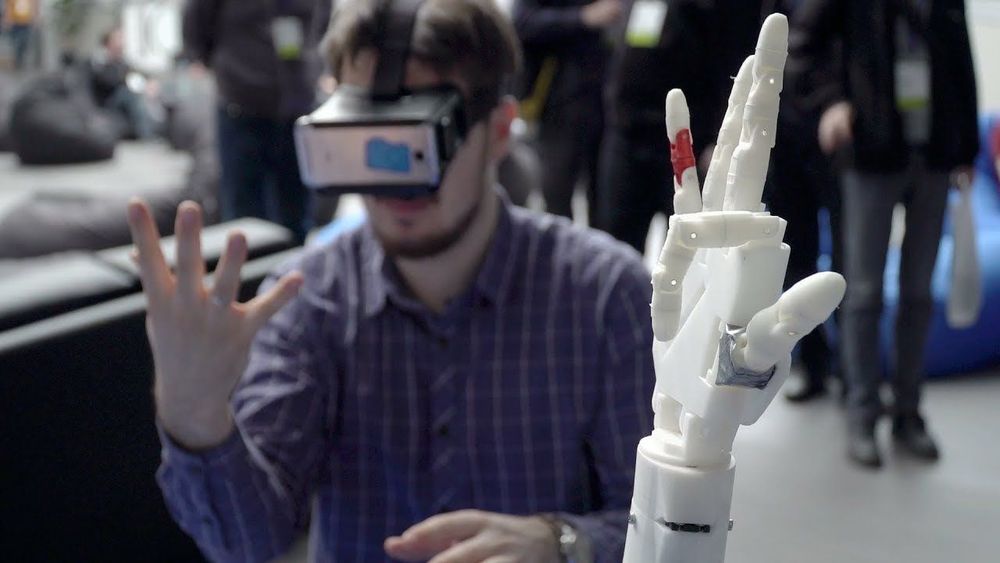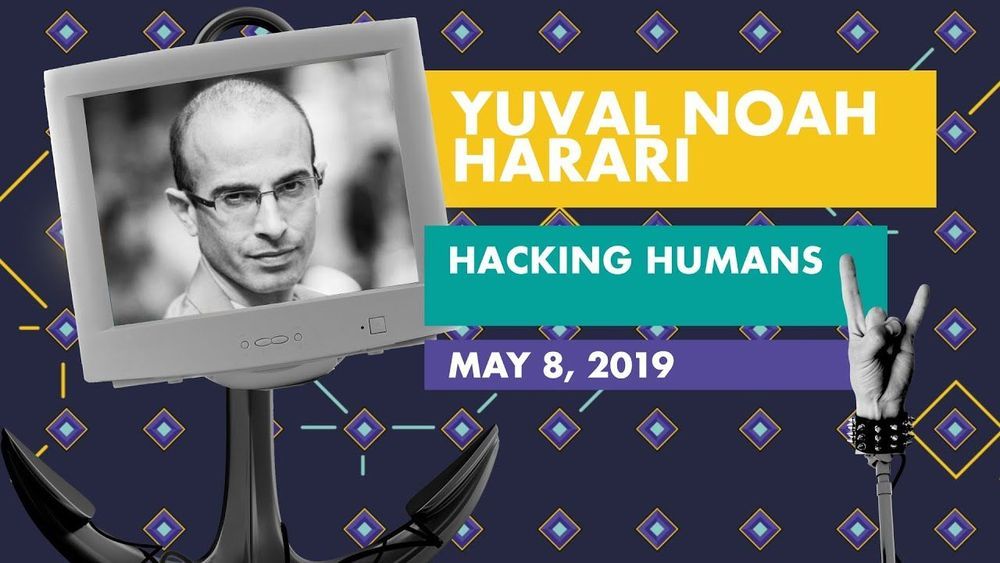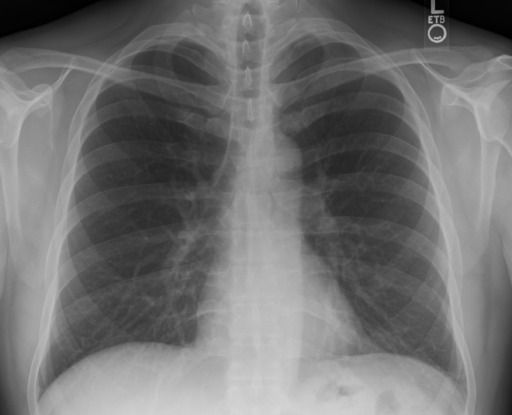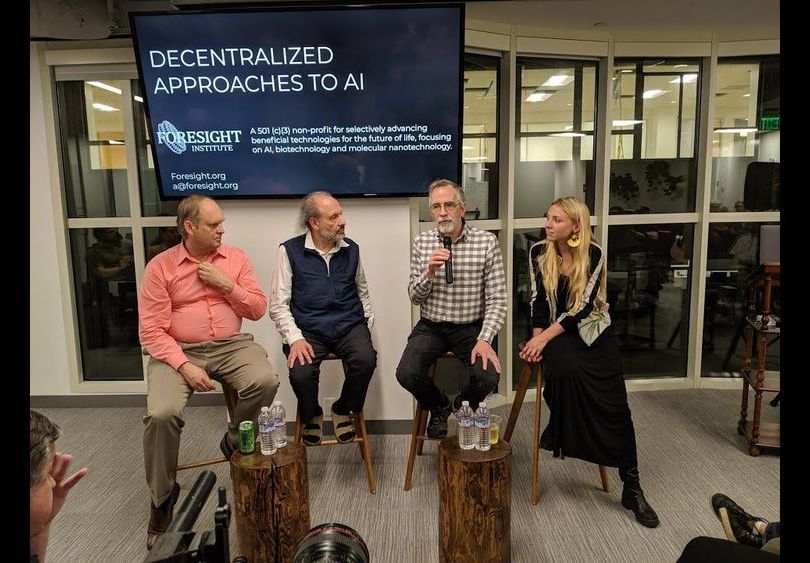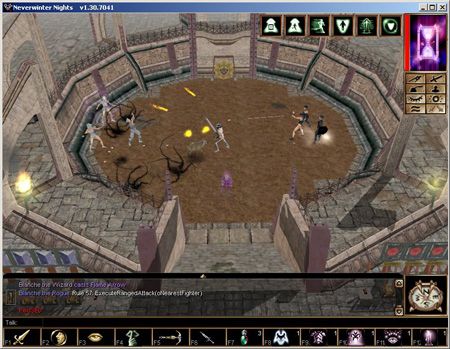Jun 1, 2019
Researchers use magnetically actuated microrobots to deliver stem cells to tissue targets
Posted by Genevieve Klien in categories: biotech/medical, robotics/AI
A team of researchers affiliated with several institutions in South Korea and one in Switzerland has demonstrated that it is possible to use magnetically actuated microrobots to deliver stem cells to targeted tissue. In their paper published in the journal Science Robotics, the group describes creating the tiny bots and how well they worked when tested.
